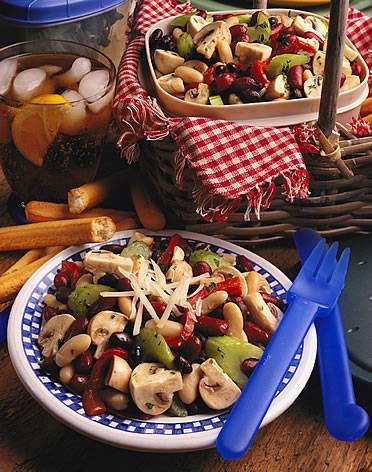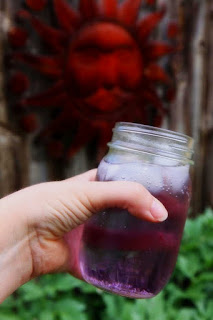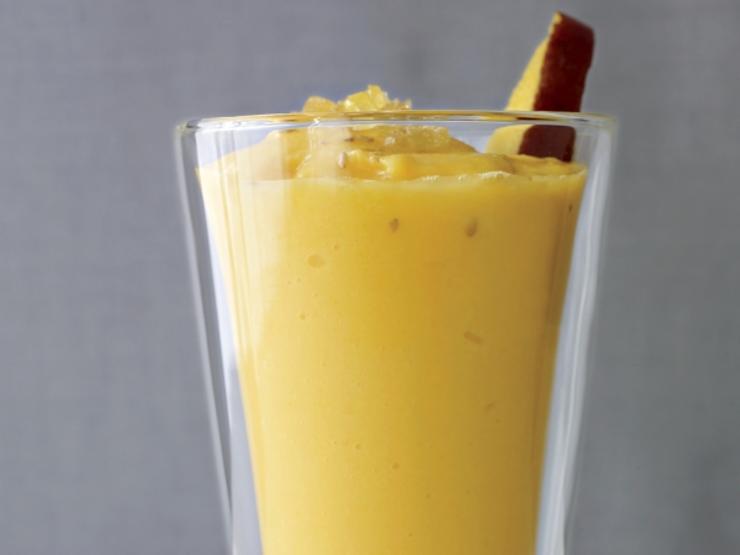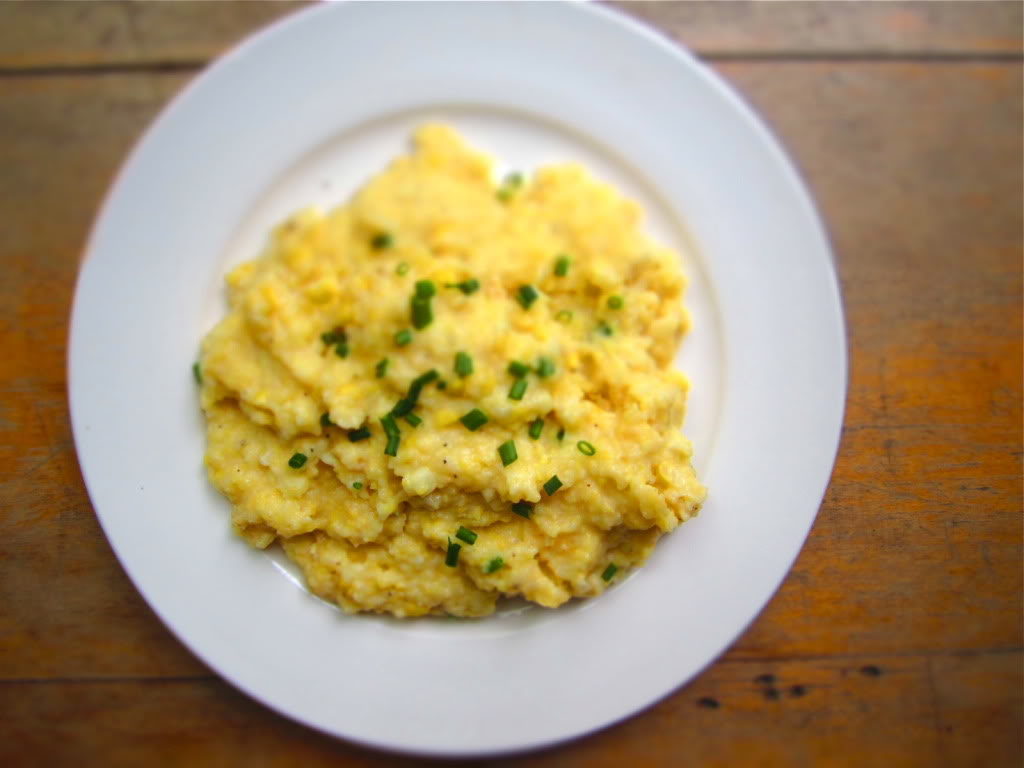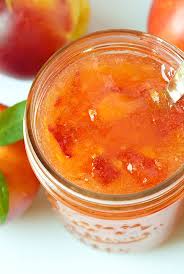Three Meat & Onion Meat Loaf with Bourbon-Onion Chili Sauce
2 1/4 lb. Ground Chuck
1 1/2 lb. Ground Veal
1 1/4 lb. Raw Hot Sausage (Remove from Casings)
3 large Eggs
2/3 C. Minced Yellow Onion
2 Scallions, Finely Minced
1 Shallot, Finely Minced
2 Plump Garlic Cloves, minced
1 T. Kosher Salt
2 tsp. Freshly Ground Black Pepper
2/3 C. Fine Dry Breadcrumbs
2/3 C. Warm Water
1/2 C. Minced Fresh Herbs (fennel, thyme, marjoram, oregano, rosemary and/or parsley)
2 Fresh Sage Leaves, minced
2 Bay Leaves
Bourbon-Onion Chili Sauce
Place meats and eggs in a large bowl. With an electric mixer fitted with paddle, or by hand, beat for 2 minutes. Add all ingredients except bay leaves and chili sauce, and mix thoroughly. Turn mixture into a roasting pan and firmly pack meat forming it into a long loaf 4 to 6 inches wide and 4 to 5 inches high. Place bay leaves on top. Cover and chill for at least 2 hours. Remove from refrigerator 1 hour before roasting. Preheat oven to 350 F. Bake meat loaf for 45 minutes. Increase oven temperature to 425 F and bake for 40 minutes more. Serve with chili sauce. As with many meat loaf recipes, you can personalize this by substituting ground pork, more seasonings and a tsp. of cayenne for the hot sausage.
Bourbon-Onion Chili Sauce
3 T. Olive Oil
½ C. Finely Diced White Onion
¼ C. Finely Diced Shallots
¼ C. Finely Diced Celery
1Â Garlic Clove — Minced
28 oz. can Plum Tomatoes — Coarsely Chopped
Juice and Minced Zest Of 1 Lemon
â…“ C. Dark Brown Sugar — Packed
1 tsp. Tabasco Sauce
â…“ C. Mixed Fresh Herbs (choose 2 or 3 from parsley, basil, thyme, chives, lemon grass, lemon thyme, thai basil)
1 tsp. Kosher Salt
Freshly Ground Black Pepper
½ C. Bourbon Or Jack Daniels Tennessee Whiskey
Heat olive oil in a heavy-bottomed nonaluminum saute pan. Add onion, shallots, celery and garlic. Cover with a tight-fitting lid, reduce heat to very low and sweat until tender, about 5 minutes. Stir in tomatoes, lemon juice, sugar, Tabasco, herbs and salt and pepper to taste. Increase heat to medium and bring sauce to a rapid simmer. Cook, bubbling slowly, stirring often, for 30 minutes. Stir in whiskey and lemon zest and simmer for 10 minutes. Remove from heat and let cool to room temperature. Chill sauce for at least 24 hours. Be sure to serve sauce at room temperature. Serve with meat loaf, hash, grilled pork and burgers.




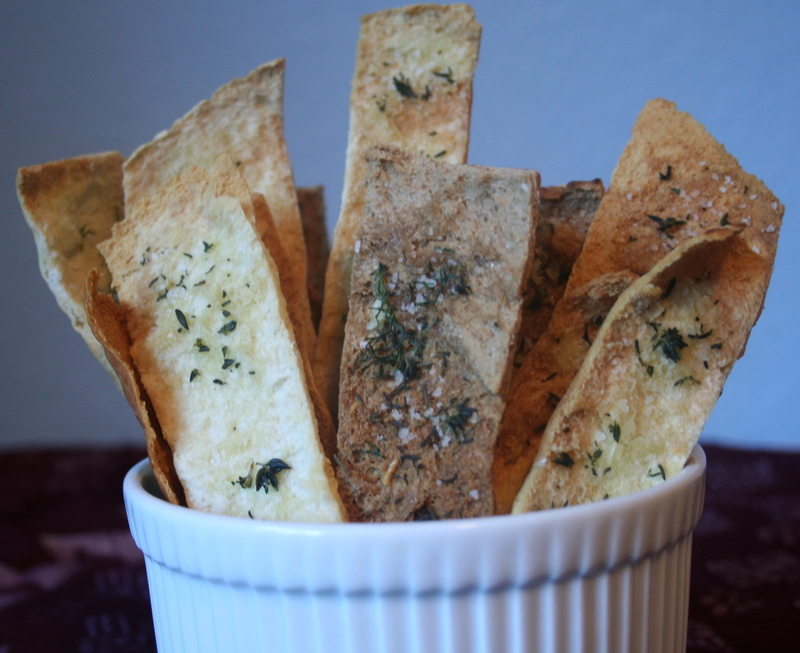

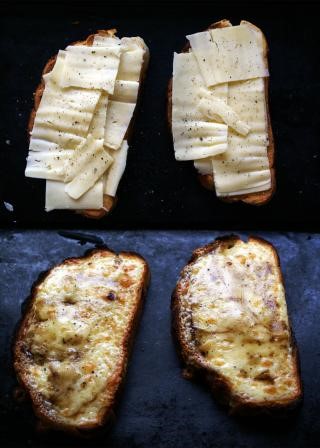

 3 to 4 California kiwifruit, peeled and diced (1 ½ C.)
3 to 4 California kiwifruit, peeled and diced (1 ½ C.)